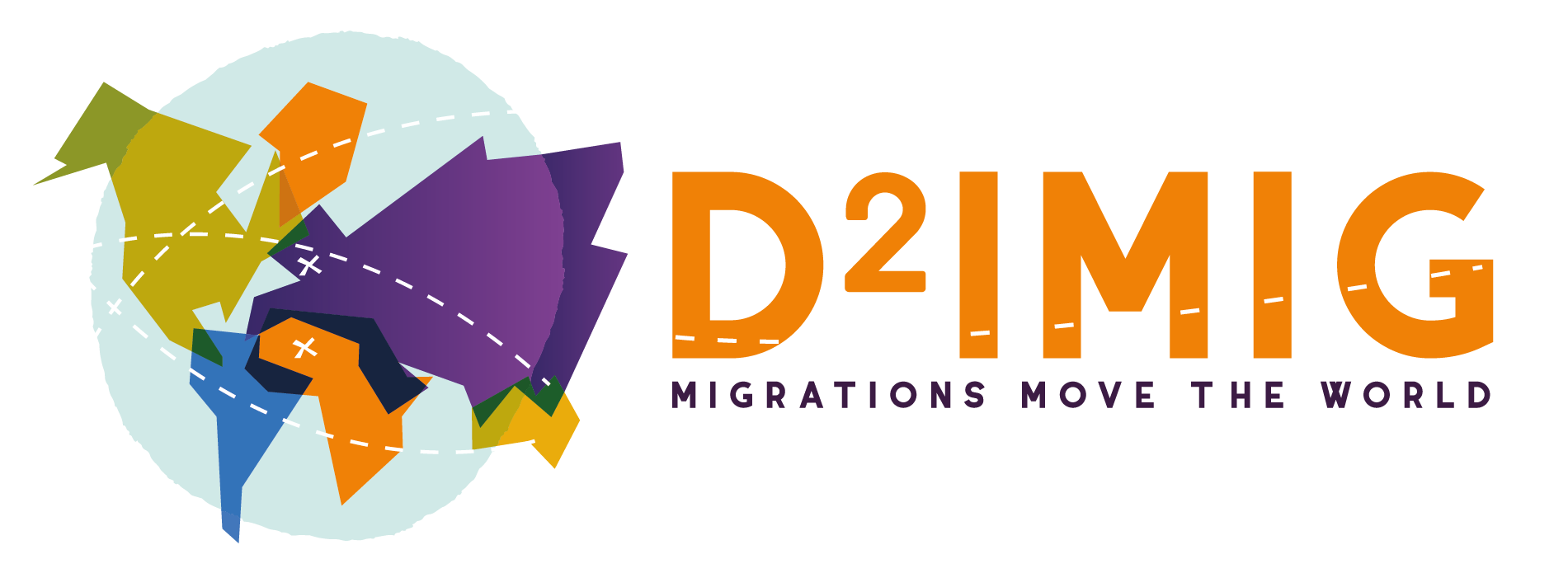DURATION
approx. 20 minutes
FORMAT
Interactive + text-based
The goals of this module
To recognise and identitfy pre-received ideas about migration & demystify the main misconceptions
Develop a critical approach based on understanding different figures and studies on migration
What is it about?
Through this module you can improve your knowledge and understanding of migration numbers, statistics and figures and being able to critically analyse the figures. By understanding the meaning and relations, you are able to identify misconceptions about migration and achieve a more global approach to understanding migration.

On the left you will find a survey based on short questions. After each question you will be able to see what others have voted on (in %). To allow for this collection, please enter a nickname/alias when asked. This can be any nickname or number, and does not have to be your real name.
After each question you can look up the answer and more information on the right. For more information on source, please refer to this page.
Module 3: History of migration

